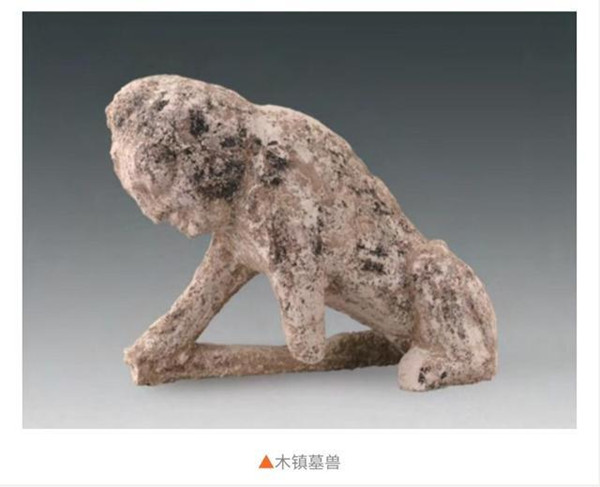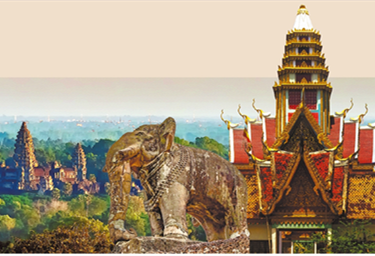Datong unearths warrior figurines from Northern Wei Dynasty

Interior view of M13 tomb of the Northern Wei Dynasty (386-534) in Datong city [Photo/sxrb.com]
Archaeologists in Datong city in North China's Shanxi province recently unearthed two wooden warrior figurines and one wooden tomb-guarding beast statue at a group of tombs from the Northern Wei Dynasty (386-534).
The tomb group, in the local Yudong new area, were first discovered by the Datong Archaeological Research Institute in 2017.
Following excavations performed there since, a total of 44 tombs have been cleared of their ancient artifacts. Among these, the tomb designated M13 – whose owner was known as Jia Bao – was found to have a unique shape and a clear chronological record of events.
According to Hou Xiaogang, deputy director of the institute, it was found to contain a wooden hall with a concave-shaped wooden couch, which has greatly increased archaeologist's understanding of the funeral rituals and customs of Datong at the time of the Northern Wei Dynasty.
Similar funeral ware has previously been discovered in a group of tombs from the same dynasty in Qili village in Datong. The wooden funeral artifacts in the latest finding were believed the product of the evolution of a funeral rites, amid the integration of multi-ethnic and multi-regional immigrants at that time, according to the institute.

The wooden tomb-guarding beast statue found in the tomb [Photo/sxrb.com]
The highlight of the excavation of the M13 tomb was the two wooden warrior figurines and one wooden tomb-guarding beast statue. The majority of similar artifacts uncovered from Northern Wei Dynasty tombs have been either stone or pottery warrior figures.
The new discovery was said to be one of the most important gains from the excavation of the tombs in Datong from the Northern Wei Dynasty in recent years, providing rich material for further understanding the funeral system of immigrants, as well as ethnic integration in the region during that era.


